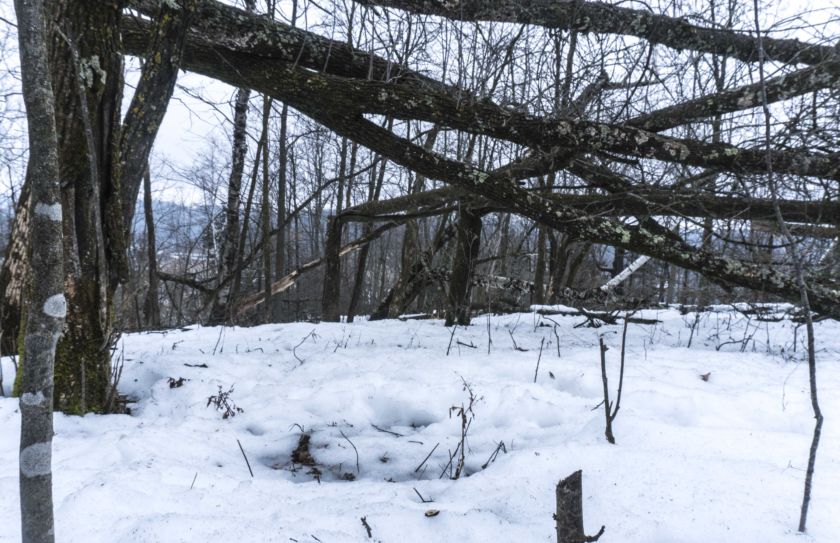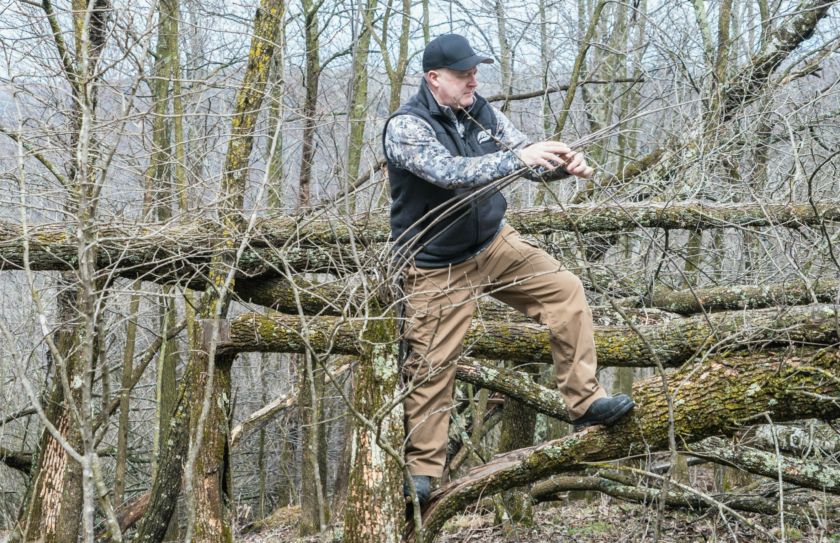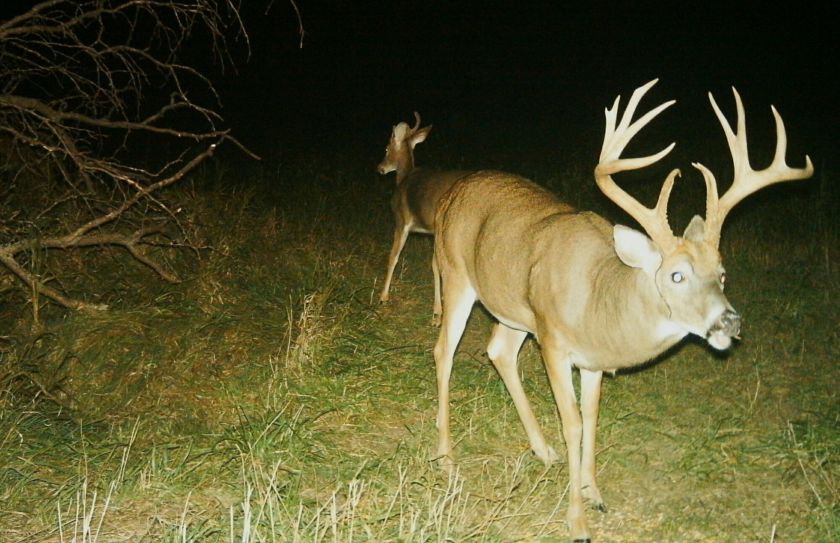You may have never heard about the whitetail bedding log, but believe it or not, it is being used. While most bedding habitat improvements are appropriate for a portion of lands, none are the golden ticket on all lands. The bedding log however, is never needed, if your deer bedding game is being executed correctly.
Segment 4: Whitetail Bedding Log Fad Busting
In our mythbusting series, we explore the latest fads, misconceptions and tips that relate to the most popular whitetail habitat trends. Today we'll be discussing an interesting fad, known as the whitetail bedding log. While a bedding log won't waste your hunting opportunities, it can easily waste your time.
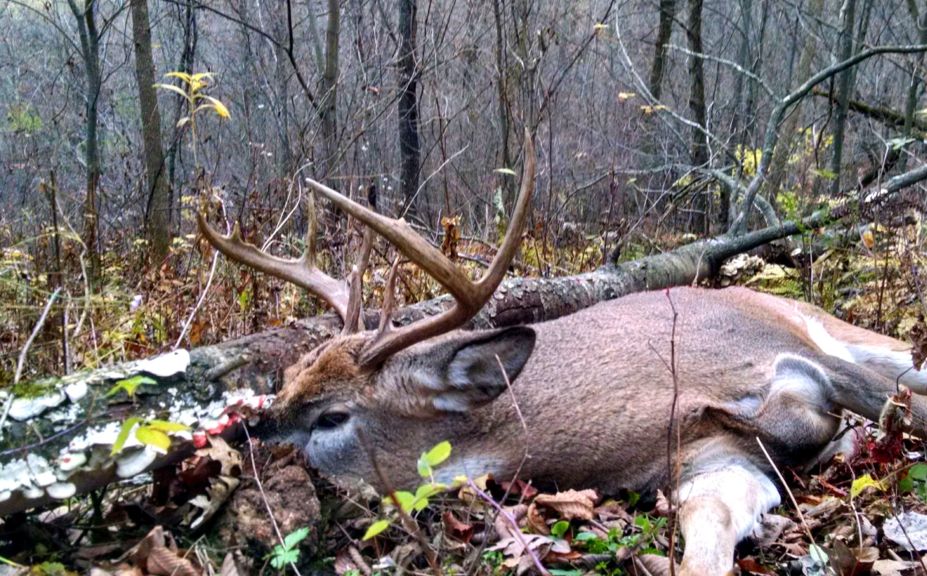
Bedding Log Fad Findings
You may have never heard of a deer bedding log because this is a fad born out of habitat improvement deficiency, instead of an actual need or mimic of preferred natural deer bedding characteristics. Our goal in exploring various myths, fads and misconceptions is to help you save time and money. While a bedding log may seem cool in a picture, its implementation can waste one of the most precious resources in your busy life - Time. Here is why:
1. Deficient Bedding Creations
Whitetail bedding logs were born out of the act of taking potential hinge cut side cover and using those cuttings to create a deer bedding canopy. Similar to a trampoline placed in a backyard, there is a lot of "canopy", but no side cover. Side cover, is the only thing that matters when it comes to creating deer and without it, the bedding area is severely deficient. The answer? Cut a 4' log and place it where you expect a deer to bed. However, the lack of side cover should never happen in the first place! By using your waist-high hinge cuts to create cover on the outside of the intended area you expect a deer to bed -which is the proper way to create a deer bed- you eliminate the need for a whitetail bedding log. While you are at it, you also place daytime forage and browse within reach of the deer bedding within.
2. Self Supported Whitetail Bedding Opportunities
Whitetails are self supporting when the bed. Simply, they do not need a couch or back rest, even when taking a little snooze. However, they do need to relate to some form of adjacent side cover, typically within 10-20' or less. Deer need browse and they need side cover, so great bedding area creations include both! A whitetail a bedding log accomplishes neither by itself. While you can have a great bedding area without bedding logs and bedding canopies, you can't have a great bedding area without sufficient side cover and browse. Deer don't need a backrest! Creating both at the same time, allows a deer to relate to the cover they need that can adequately hide them from hunters, predators and each other, as well as browse.
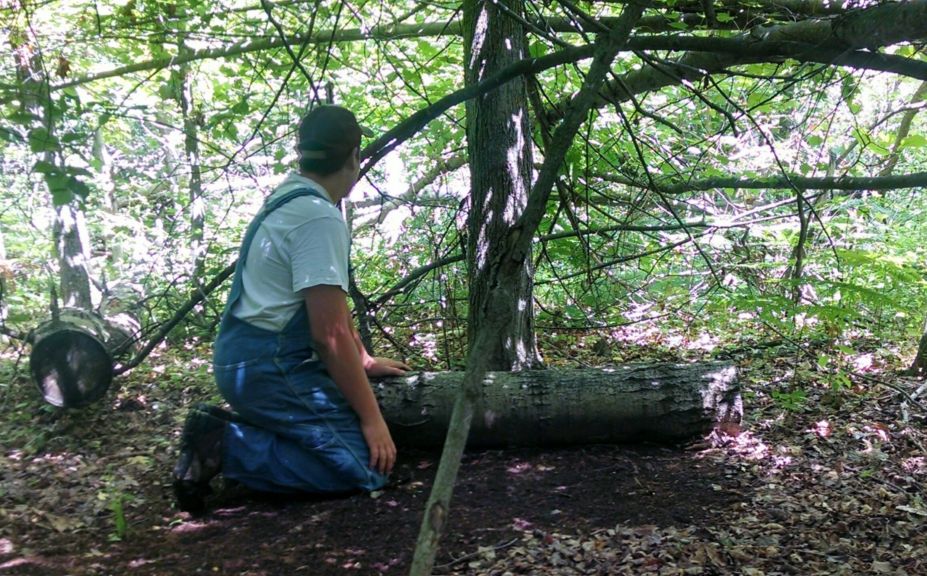
Conclusion
The interesting point about the whitetail bedding log fad, is that it works! Well sort of. You see, a bedding log is only needed when sufficient side cover is not provided. This is typical of heavy canopy-creation regions that use potential side cover and browse, to build deer bedding canopies. You can imagine in the deer bedding picture above, that when the leaves drop, so does the cover. While deer beds such as these may work great during the middle of the Summer, they can be pretty vacant when it really matters during the most - during the Fall and Winter. A bedding log can work to add a slight amount of side cover to an otherwise open and cover-less deer bed, it won't be enough to anchor the use of the deer bed or provide any of the required amount of daytime browse.
